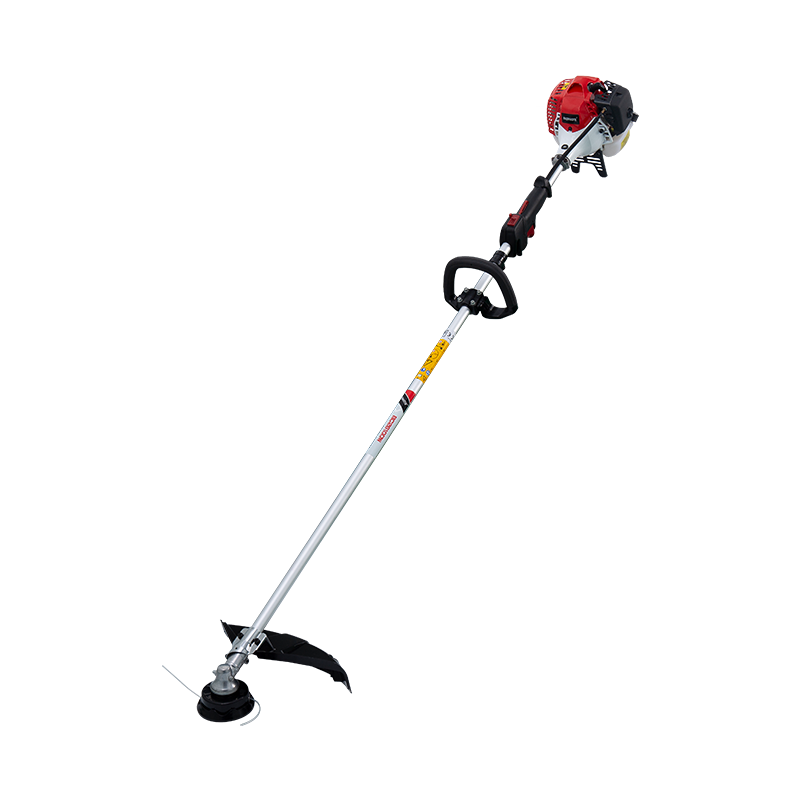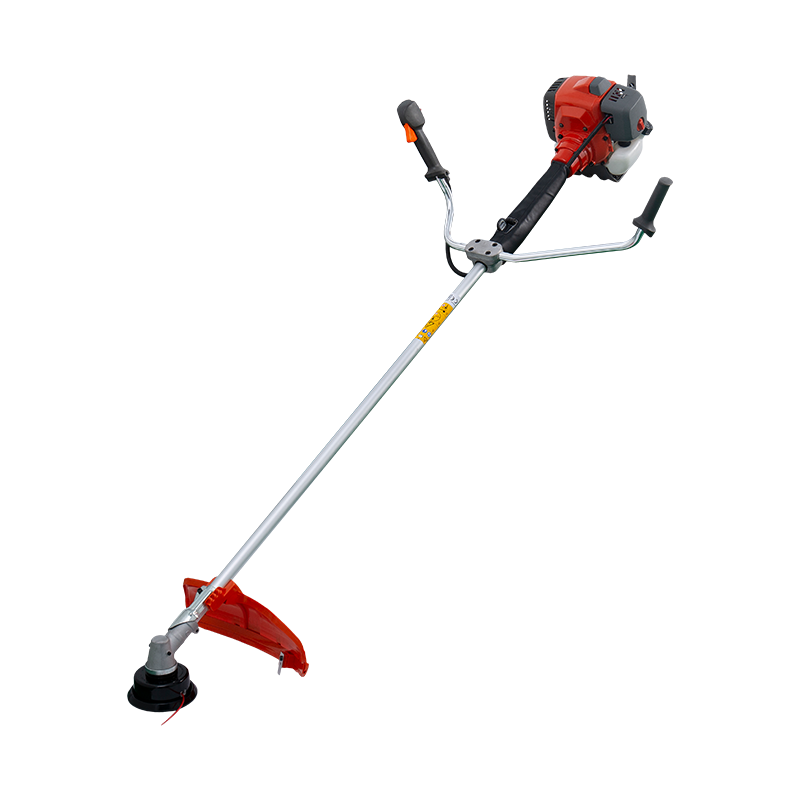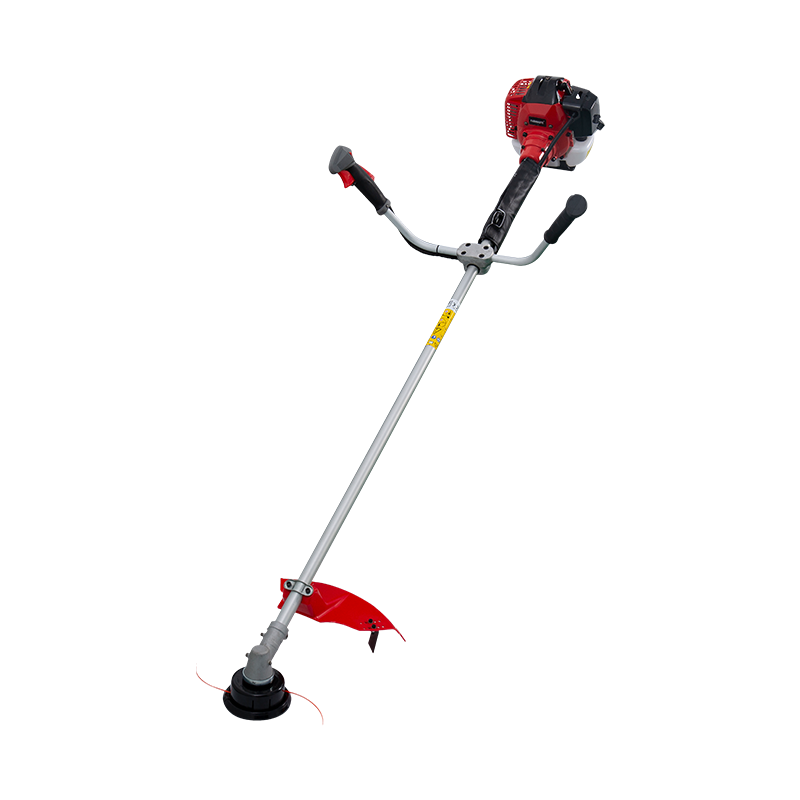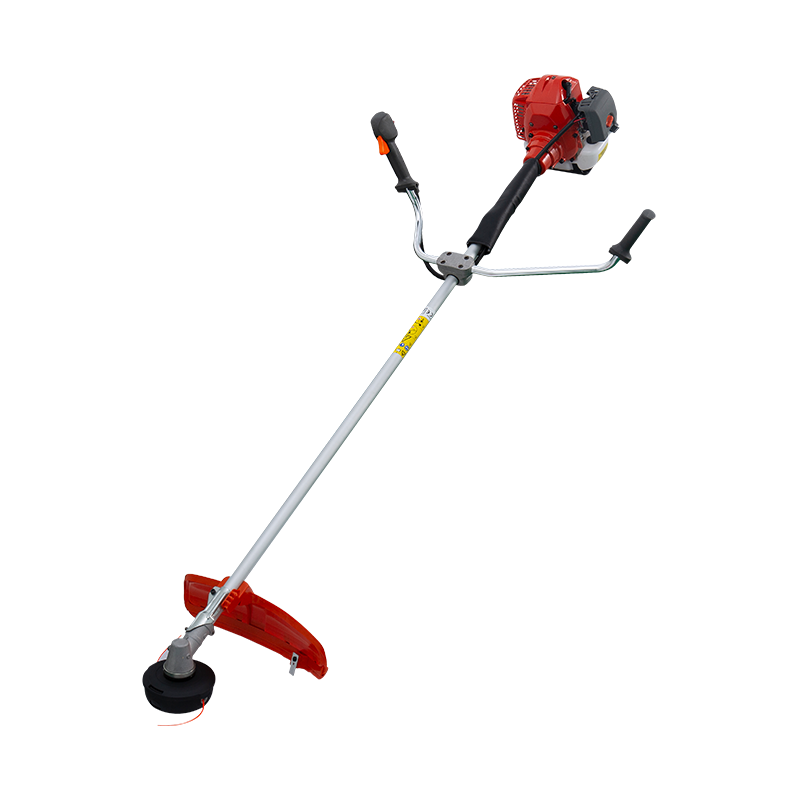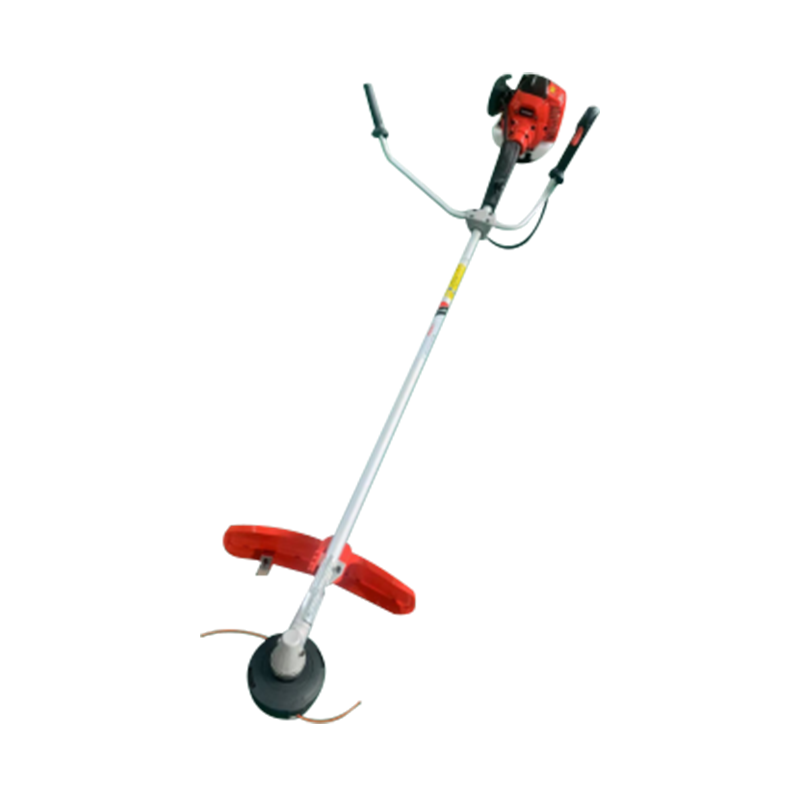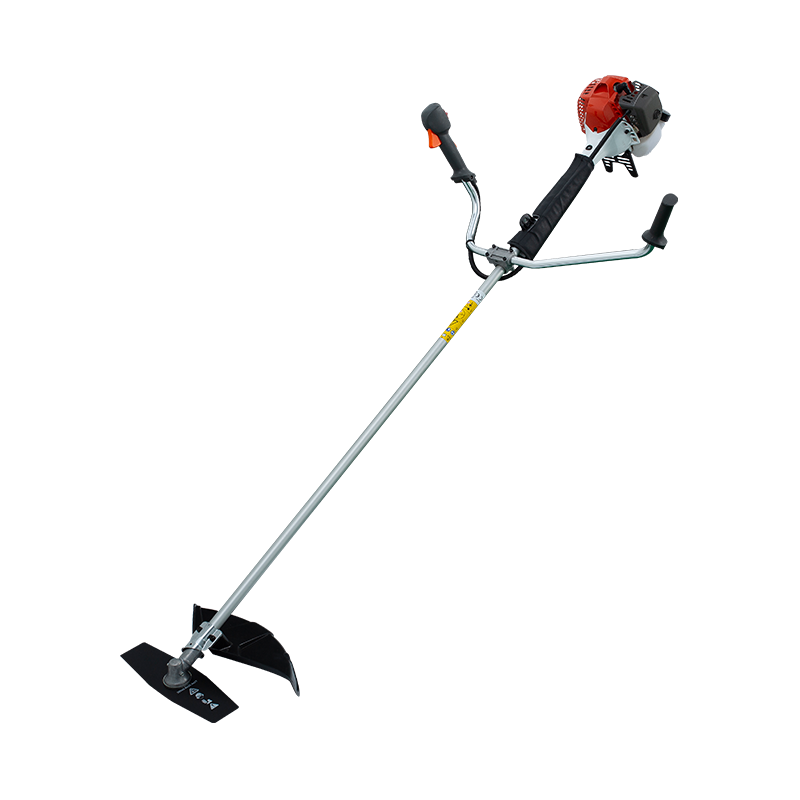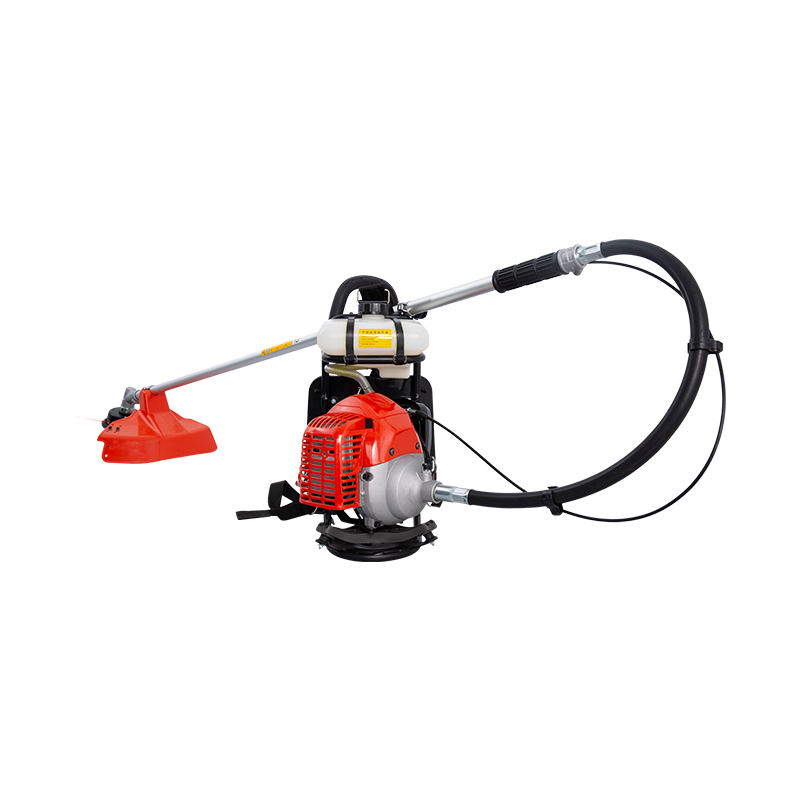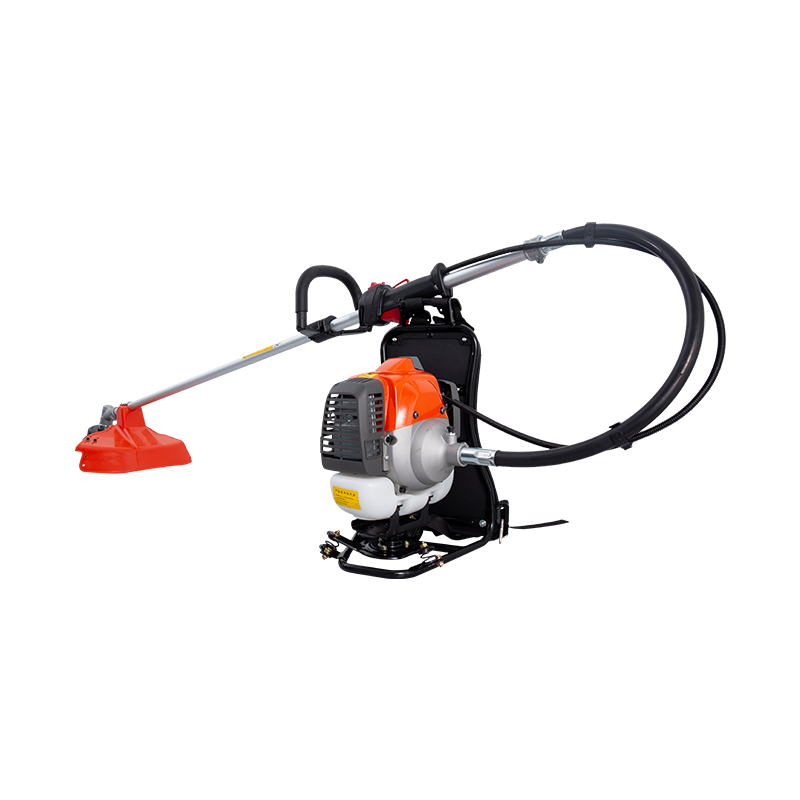Why a Backpack Brush Cutter is Essential for Heavy-Duty Land Clearing
For professionals and landowners dealing with overgrown vegetation, a backpack brush cutter is an indispensable tool. Unlike handheld models, these machines distribute weight evenly across the operator's back, reducing fatigue and enabling longer work sessions. The key advantage lies in their ability to tackle dense brush, thickets, and even small trees without sacrificing power, making them ideal for large-scale property maintenance, forestry work, and agricultural applications. Many users are often concerned that an affordable model might lack the necessary performance, but modern engineering has made it possible to find powerful machines that are also budget-friendly. This guide will explore how to identify a capable and best backpack brush cutter for heavy undergrowth without overspending, focusing on the critical features that deliver both value and performance.
Key Features to Look for in a Budget-Friendly Powerhouse
When searching for an affordable backpack brush cutter, several key features determine whether the machine is a true workhorse or a disappointment. Understanding these elements will help you make an informed decision and ensure you get a tool that can handle demanding tasks.
Engine Performance and Durability
The heart of any brush cutter is its engine. For a machine to be both affordable and powerful, it needs a reliable motor that can sustain high RPMs under load. Look for engines with a good balance of displacement (cc) and power output (HP or kW). A larger displacement typically means more torque, which is crucial for cutting through tough, woody stems. Durability is equally important; engines with quality bearings, forged crankshafts, and chrome-lined cylinders tend to have longer lifespans. While a cheaper model might use lower-grade materials, some manufacturers have perfected the art of creating robust engines at a lower cost by optimizing production processes rather than compromising on critical internal components.
Harness System and Operator Comfort
Since the unit is carried on your back, the harness system is not a place to cut corners. A well-designed harness should be adjustable, padded, and distribute the machine's weight evenly across the hips and shoulders. An uncomfortable harness can lead to rapid fatigue, shortening productive work time and potentially causing strain or injury. When evaluating an affordable model, check for harnesses with wide, breathable straps and a secure locking mechanism. The difference between a good and a bad harness can be the difference between working for four hours straight and having to take frequent breaks.
Top Value Picks: Balancing Cost and Capability
Finding a machine that strikes the perfect balance between an accessible price point and genuine power can be challenging. We've analyzed the market to identify the types of backpack brush cutters that offer the most value. The following comparison highlights the general categories and their respective strengths and weaknesses.
Comparing Popular Affordable Models
The table below provides a high-level comparison of common types of affordable backpack brush cutters. This is not a comparison of specific brands but rather a guide to the typical performance profiles you can expect within a budget-conscious range.
| Model Type | Typical Engine Size | Best For | Key Advantage | Potential Drawback |
|---|---|---|---|---|
| Economy 2-Cycle | 40cc - 45cc | Medium-duty brush, weeds, and grass. | Lightweight and very affordable upfront cost. | Requires fuel/oil mixing; can be less powerful for thick wood. |
| Value 4-Cycle | 43cc - 50cc | Dense weeds and light woody brush. | Runs on straight gasoline; often quieter and more fuel-efficient. | Can be slightly heavier and more complex to maintain. |
| Professional-Grade Budget | 50cc+ | Heavy undergrowth and small trees. | Delivers near-professional power at a lower price. | Might have fewer premium features or a shorter warranty. |
As the table illustrates, the affordable backpack brush cutter with safety features often falls into the "Professional-Grade Budget" category, as manufacturers know that safety is a primary concern for users operating such powerful machines. These models frequently include features like a dead man's switch, anti-vibration systems, and protective guards as standard equipment, even at a lower price point.
Maximizing Efficiency and Minimizing Fatigue
Owning a powerful tool is only half the battle; using it effectively is what truly maximizes your investment. Proper technique and maintenance are crucial for getting the most out of your backpack brush cutter while ensuring it has a long service life.
Proper Operation Techniques
Using a brush cutter efficiently is about more than just pulling the starter cord. The correct technique involves using a sweeping motion from right to left (for right-handed operators), allowing the cutter to work at its own pace without being forced. For larger vegetation, a clearing saw technique using the tip of the blade is most effective. This approach reduces the risk of kickback and prevents the engine from bogging down. Furthermore, understanding how to adjust the harness for a perfect fit can dramatically reduce operator fatigue, making a full day's work feel significantly less strenuous.
Maintenance for Longevity
Regular maintenance is the key to keeping any mechanical equipment running smoothly for years. For a backpack brush cutter, this involves a consistent routine of checking and cleaning the air filter, especially in dusty conditions. The spark plug should be inspected and cleaned or replaced periodically. After each use, it is vital to clean debris from the machine's cooling fins and check the cutter blade or trimmer head for damage or wear. Sharpening the blade regularly ensures clean cuts and reduces the strain on the engine. By following a simple maintenance schedule, you protect your investment and avoid costly repairs down the line. This is particularly important for a durable backpack brush cutter for professional use, as its livelihood depends on reliability.
Essential Safety Gear and Operational Best Practices
Safety should never be an afterthought when operating a powerful tool like a backpack brush cutter. The high-speed cutting attachments can throw debris at tremendous velocity, and the machine itself requires respect and careful handling.
Must-Have Protective Equipment
Before starting the engine, every operator must be equipped with the proper personal protective equipment (PPE). This non-negotiable kit includes:
- Eye Protection: Safety glasses or a full-face visor to protect from flying wood chips, stones, and debris.
- Hearing Protection: Earplugs or earmuffs are essential, as the engine and cutting noise can easily exceed safe levels and cause long-term hearing damage.
- Hand Protection: Sturdy, non-slip gloves improve grip and protect hands from blisters, vibrations, and sharp branches.
- Leg Protection: Chainsaw chaps or pants made of cut-resistant material are crucial for protecting legs from accidental contact with the blade.
- Sturdy Footwear: Steel-toed boots with excellent grip provide stability on uneven terrain and protect feet from falling debris.
Safe Work Habits
Beyond wearing PPE, cultivating safe work habits is fundamental. Always clear the work area of bystanders, pets, and obstacles before beginning. Be acutely aware of your surroundings, including the location of fences, rocks, and hidden stumps. Never operate the brush cutter above waist height, and always maintain a firm, balanced stance. It is also critical to understand the machine's kickback zone—typically the upper quadrant of the cutting blade—and to avoid letting that part of the blade make contact with solid objects. For those wondering about the backpack brush cutter price vs performance, it's worth noting that safety features are a core part of performance; a slightly more expensive model with better anti-vibration and a reliable safety clutch can prevent accidents and reduce operator injury, offering immense value beyond mere cutting power.
Making the Right Choice for Your Land and Budget
Selecting the perfect backpack brush cutter ultimately comes down to a careful assessment of your specific needs and how they align with your budget.
Assessing Your Terrain and Vegetation
The type of land and vegetation you need to clear is the most important factor in your decision. For flat or gently sloping land with mostly grasses and soft weeds, a lighter, less powerful model may suffice. However, for hilly terrain, dense thickets, and woody plants like saplings and brambles, you will need the increased torque and cutting power of a larger engine. Underestimating the toughness of your vegetation is a common mistake that leads to purchasing an underpowered machine that will struggle, overheat, and have a shortened lifespan. Therefore, honestly evaluating the demands of your property is the first step toward a satisfying purchase. This is where understanding the lightweight backpack brush cutter for overgrown areas becomes nuanced; while lightweight is desirable for maneuverability and comfort, it must not come at the expense of the power needed to effectively clear the overgrowth. The ideal machine is the one that is as light as possible while still being powerful enough for the task.
Understanding the Total Cost of Ownership
The initial purchase price is just one part of the financial picture. The total cost of ownership includes ongoing expenses for fuel, routine maintenance parts (air filters, spark plugs, oil), and replacement cutting attachments. Additionally, you should consider the machine's expected durability; a slightly more expensive model that lasts twice as long is often a better value than a cheaper one that requires frequent repairs or early replacement. When you find a reliable cheap backpack brush cutter review, pay close attention to comments about long-term reliability and parts availability, as these factors will significantly impact your total investment over time.

 English
English Español
Español